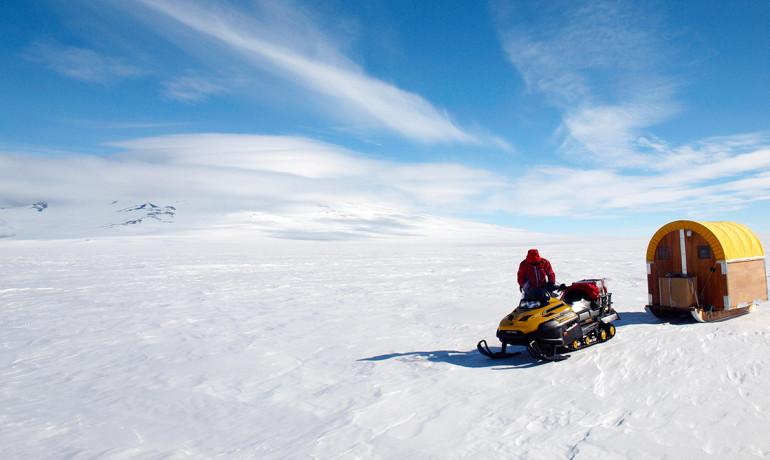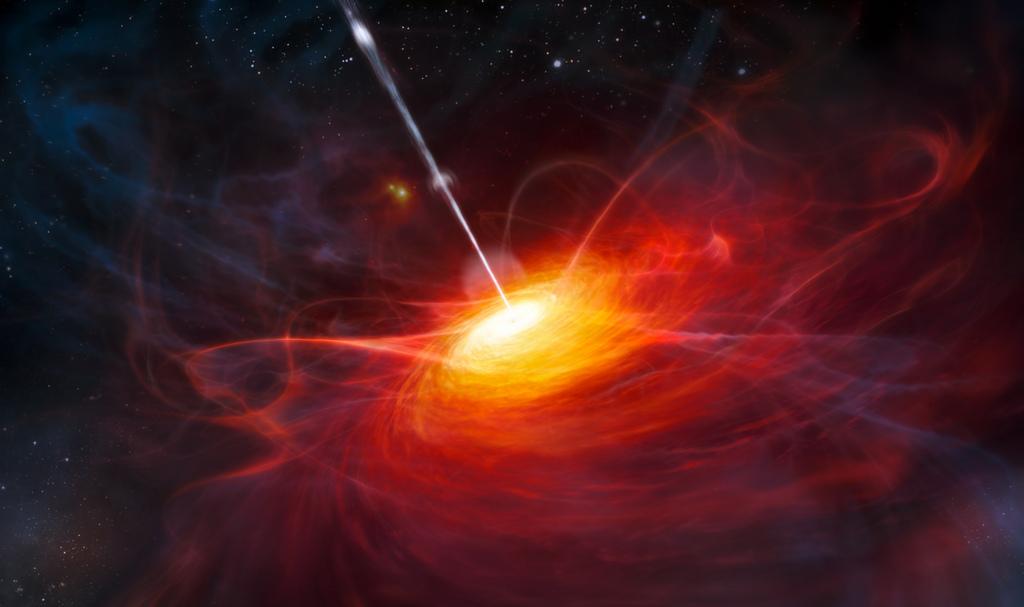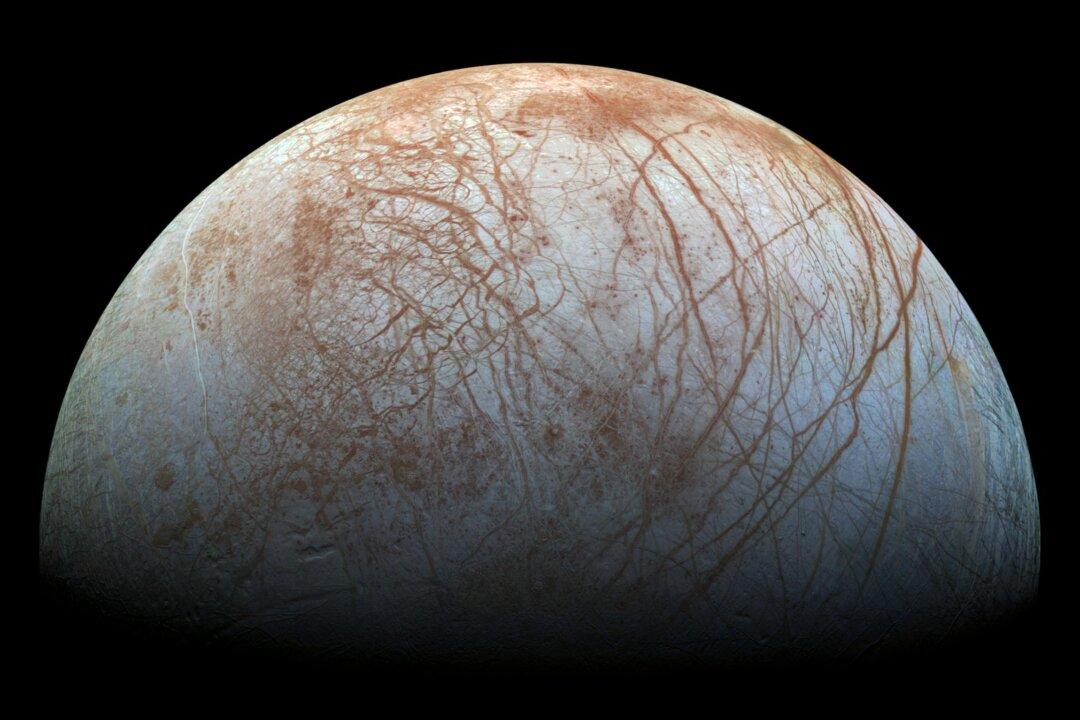Data recovered from seismometers in Antarctica are giving scientists the first detailed look at the Earth beneath the region.
“Our understanding of what’s going on is really hampered because we can’t see the geology,” says Andrew Lloyd, a graduate student at Washington University in St. Louis. “We have to turn to geophysical methods, such as seismology, to learn more.”
Lloyd helped deploy research seismometers across the West Antarctic Rift System and Marie Byrd Land in the austral summer of 2009-10. He then returned in late 2011 and snowmobiled more than 1,000 miles, living in a Scott tent, to recover the precious data.

A team maintains a seismic station on Thwaites Glacier, an area of heavy snowfall. The seismometer is in the orange dome in the lowest part of the three-step snow pit. Credit: Mike Roberts




